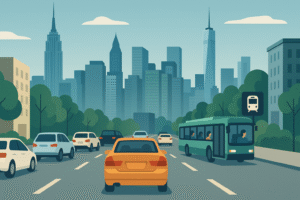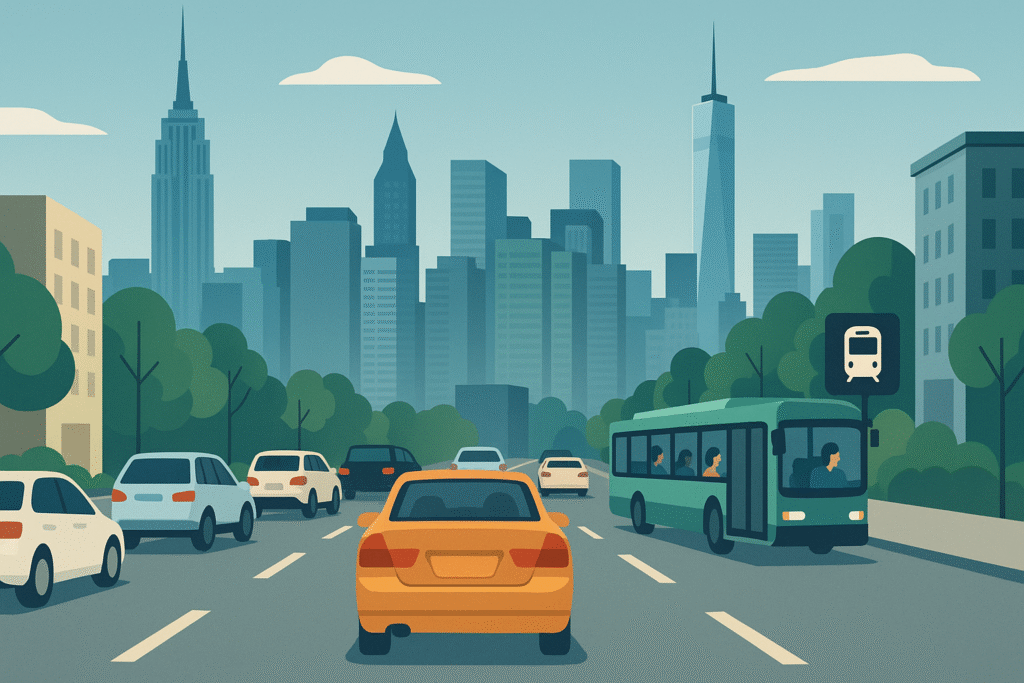Manhattan has recorded a sharp decline in vehicle entries since the launch of New York City’s congestion pricing initiative in January 2025. Recent city statistics show that 17.6 million fewer vehicles entered the borough compared to the same period last year, reflecting a 12% decrease.
City Officials Welcome Results
Municipal authorities praised the outcome, stressing that the policy was aimed at reducing traffic congestion, cutting harmful emissions, and promoting greater reliance on public transportation. A Department of Transportation spokesperson noted: “The results are encouraging—traffic is moving faster, air quality is improving, and more commuters are embracing subways and buses.”
Commuter Impact
Transportation experts highlight that traffic flow across Manhattan’s busiest corridors has improved, resulting in shorter commute times during rush hours. Subway and bus ridership has risen significantly, indicating a shift from private vehicles to public transit.
Even taxi and ride-hailing services, which initially opposed the plan, are adapting. Drivers now report that less congestion allows them to complete more trips efficiently, offsetting some concerns about higher fees.
Broader Benefits
Environmental groups underscore the program’s positive ecological impact. The reduction in vehicle numbers has already lowered carbon emissions and contributed to cleaner city air, supporting New York’s broader climate commitments. Economists add that smoother traffic can improve productivity by saving time for businesses and commuters, while also boosting Manhattan’s appeal for visitors.
Ongoing Concerns
Despite the gains, critics argue that the system imposes extra costs on working- and middle-class drivers, particularly those traveling from outer boroughs and surrounding suburbs. In response, city officials are exploring measures such as discounts or exemptions to ease the financial strain on vulnerable groups.
Looking Forward
Authorities plan to continue monitoring the effects of congestion pricing on traffic, the economy, and public transit. If trends continue, New York may set a global precedent, offering a practical model for other metropolitan areas grappling with chronic congestion and environmental challenges.



